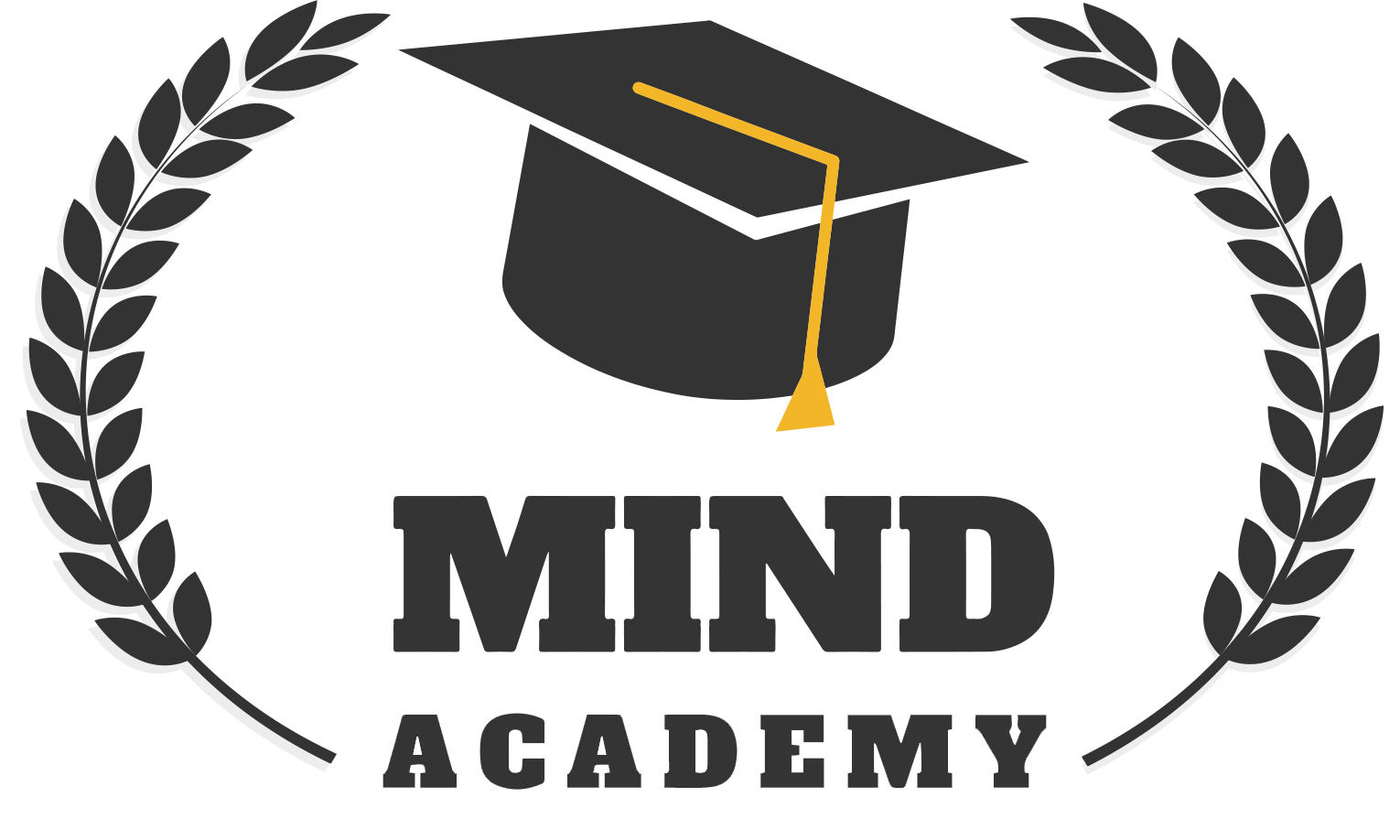Are you considering a career change? First of all, give yourself a pat on the back! The decision to switch careers is a big one. It takes courage and determination to embrace change in your professional life, no matter what age you are or how advanced you are in your career.
Before making any moves, it’s important to figure out which new career path is right for you. Initial steps such as brainstorming likes and dislikes about your current job, meeting with a career counselor, doing informational interviews, or even pursuing volunteer or freelance opportunities can get you to that point.
In many cases, working professionals seeking a career change find that they could use some additional education and skills to help them achieve their goals, and they turn to online learning.
Switching Careers? 4 Steps for Researching Online Learning Options
There are different ways for professionals to sharpen their skills in preparation for a career change, but online learning is one of the easiest and most effective paths forward.
Once you know what you want to study or which certificates you’ll need to earn for your chosen career, begin researching your online learning options. To narrow down your choices, take these four steps:
1. Consider the investment
Online learning is one of the most worthwhile investments a professional can make, but it’s still an investment. Fortunately, if you can’t afford the cost of a particular course on your own, you still have options, such as asking your employer for financial assistance.
While many organizations set aside professional development budgets for this very reason, having this conversation with your employer can still be intimidating. You can offset some of the anxiety you may feel with careful preparation: gather information about the course you’d like to take, anticipate questions or objections that might arise during the discussion, and customize a letter using our downloadable training request template.
2. Determine if the course fits your schedule
Time is often in short supply for adult learners, most of whom juggle work and home life while taking an online course. That’s why it’s essential to consider how a course fits into your busy schedule.
Today, many online programs offer asynchronous learning—learning done on your own time, at your own pace. While synchronous learning requires learners to adjust their lives around a fixed schedule of live sessions, asynchronous learning provides significantly more freedom and flexibility—just the thing many working professionals need.
3. Explore your credentialing options
Does your new career require Continuing Education Units (CEUs) or a more specific certification? If so, you’ll need to choose your online course carefully.
At MIT xPRO, course participants who successfully complete one or more courses are eligible to receive CEUs, which many employers, licensing agencies, and professional associations throughout the United States accept as evidence of a participant’s serious commitment to the development of professional competence.
4. Network with other professionals who have chosen a similar path
Sometimes, the best way to solidify your decision is to hear from others who have been in a position similar to yours—those who have taken a particular course to earn a necessary credential or navigated a career change to your chosen field.
Find people on LinkedIn or through an online program’s alumni network and ask about their experiences taking the course you’re considering. Connect with professionals in the industry you’re entering to find out how they got to where they are today.
Once you enroll in an online course, be sure to network with your peers via forums, social media groups, and other channels. Building a robust professional network will serve you well into the future as you embark on your new career path.
No matter where your journey takes you, we wish you the best of luck. If you’re interested in exploring upcoming offerings at MIT xPRO, check out our course catalog.





